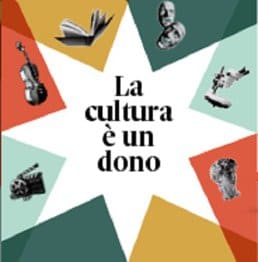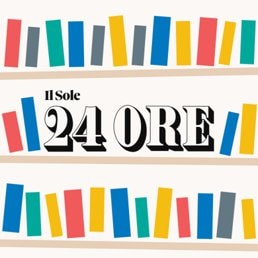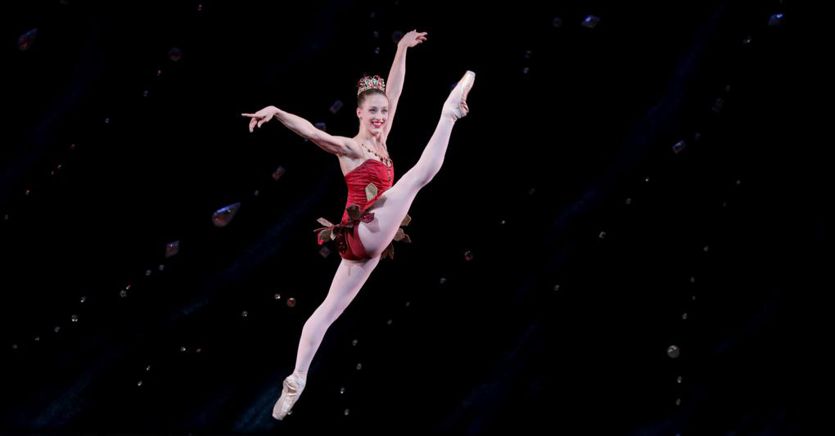“Forward, in the direction of Petipa”: George Balanchine has always had in mind the teaching of his ancient teacher, Fjordor Lopukhov, who in post-revolutionary Russia, full of avant-garde fervor even in ballet, pushed for a “return to order”, or rather to the recovery of the courtly rules established by the French choreographer, not so much to keep it sterile, but to find its deepest truth and the material to evolve in new times.
And Balanchine, who, having escaped from Petrograd after a fruitful stop with the Russian Ballets, arrived in New York to open the American way of ballet, in his monumental work has shown how much the clear laws of organization and construction of steps, legacies and movements in the spaces fixed in the past could regenerate themselves in the present if applied with creativity and audacity, imagination and risk, thanks to a continuous transformation in the structure, in the rhythm, in the method of execution.
The return of Jewels
To remind us well, once more, is Jewels, now on stage with great success at the Teatro alla Scala brilliantly danced by his company, starting with the great soloists (in fact the real inauguration of the Scala dance season). Because in fact Jewels is a celebration of the art of ballet and an extraordinary synthesis of its history; but it is also the proud proclamation of a cultural belonging which, if it seems nostalgic (as in the imperial Diamonds on Tchaikovsky’s Third Symphony) or still longing for a romantic reverie (in the evanescent, delicate Emeralds on liquid music by Gabriel Fauré), indicates the future path of this art especially in Rubies’ shameless duet (on the Capriccio for piano and orchestra by Stravinsky) where the game of partnership becomes a continuous challenge and the canonical limits of the golden rule of classical dance boldly break into imbalances and hyperextensions.
Even today the inexhaustible compositional richness of the three sections fascinates, which starting from a common structure, the classical language, demonstrate with luxuriant imagination so many intonations and colors that they seem infinite. And it makes us think that this ballet with a lot of beautiful tutus by Karinska appeared in 1967, in that New York that saw the experimenters of the Judson Church descend from the skyscrapers and Merce Cunningham start with Variations for V the first experiences of videodance.


Continue in the direction of Balanchine
But if at that time the research dance was bold and powerful, today it seems to disperse its revolutionary strength in more and more self-referential conceptualisms or in extra-professional drifts and closer to socio-recreational activities. And so it is precisely from those who have continued on the road indicated by Balanchine that stimuli and illuminations arrive. From William Forsythe first of all, of which a few weeks ago the Ballet of the Opera of Rome presented with a fierce air “Herman Schmerman” a quintet plus a duet from 1995 which coincidentally echoes the Balanchinian Rubies in the dialectic boldness of the two and in the subtle competition that pushes the role play forward, emphasized by the yellow skirt of both dancers.
